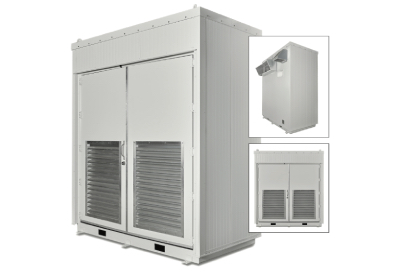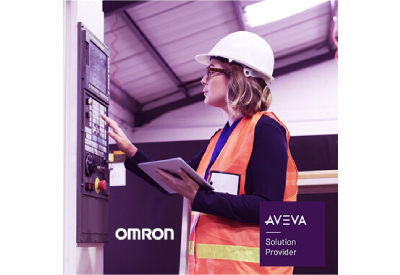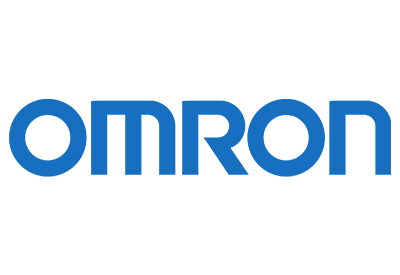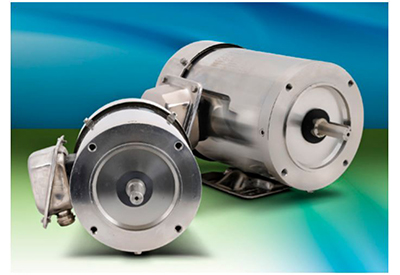Are Your Powertrain or Drivetrain Operations Built for the Future?

September 16, 2019
By Bill Sarver
What would a world without internal combustion engines look like? While this is not the current reality, changes in legislation and consumer habits are driving this global shift in a major way.
If you’re an electric vehicle startup, you’re already looking past gas-powered engines and working to build the all-electric fleets of the future. Also, if you’re a mature automaker, your journey to building all-electric vehicles is probably a long road that first involves shifting your current operations to incorporate hybrids.
Current powertrain manufacturing systems are sophisticated. So, whether you’re building electric drivetrains or hybrid powertrains, you need the same thing: flexible and scalable production operations. Not only do they help adjust production to keep up with the demand for electric or hybrid vehicles but help confirm you’re equipped for future technology advancements.
There are three elements you must incorporate in your strategy to create scalable and flexible powertrain or drivetrain operations. Here’s what we recommend:
- Connected Plant
Innovative automakers know that vehicles are changing, and production must change with them. That’s why they’re unifying their manufacturing and IT operations to create more connected plants.Connected, information-enabled plants launch faster and perform better. Within a connected plant, you can measure and analyze almost any aspect of production to help operators make informed decisions. Processes can be simulated to improve training and validate line changes before you make them. You can now blend the physical and digital aspects of your operations to help staff work more efficiently and see production in new ways.
Also, connected plants can do more than improve production – they can transform it. By connecting everyone from the consumer to your suppliers to your plant workers, you can deliver the “lot of one” – personalized cars that are as unique as the people who drive them.
Realizing these capabilities calls for connected plants to include a robust network foundation designed for reliability, scalability, and security. Connecting your workers and verifying they can access important data in real time requires plants to have Industrial IoT technologies incorporated.
For help with building your connected operations, take advantage of freely available resources like the Converged Plantwide Ethernet (CPwE) design guides from Cisco and Rockwell Automation. Then, work closely with a solution provider who can help guide your unique path to a connected plant.
- Scalable, Digital Solutions
Imagine software that can turn raw production data into useful information for operators. Not only would this help save time and money but is a necessity in current automotive operations.
However, too often automakers are hesitant to adopt more modern, high-value software and digital solutions. As a result, they continue to use home-grown solutions that can’t achieve operational needs or internal customer expectations. They are difficult to integrate with other systems and challenging to scale as operations either grow or evolve.
That’s why it’s essential to use software that can quickly grow with your operations.
Scalable analytics software, for example, can help you become more efficient while dealing with the constant changes in powertrain and drivetrain technologies. The software also helps protect the quality of your electric or hybrid vehicles by tracking critical points in your production process – from raw material usage to battery assembly to finished-good performance.
Analytics software can also use new, disruptive technologies to change how you monitor and manage production. Being able to identify and solve these problems before they happen is one of the major benefits of this software. It can use machine learning to predict production outcomes, like machine failures or quality issues.
Plus, analytics software can use augmented reality (AR) to change how plant workers do their jobs. An operator, for example, could use an AR headset or tablet to identify bad batteries that get digitally flagged in the AR environment. The operator would then realize they need to remove those batteries from production.
Scalable manufacturing execution system (MES) software is equally critical. It can automate data collection and drive decision-making in your powertrain or drivetrain operations to help you manage complexity, especially as your services grow or evolve.
An MES can manage production from order initiation to final assembly to help reduce your work in process. It can also make sure that materials are available for planned production sequences to keep lines moving, and can use enforceable instructions to help make sure workers build vehicles to spec.
An MES also allows you to create a digital genealogy for every vehicle that can be tracked and traced through both your plant and the supply chain. No matter what stage production is in, this new system can help you identify, investigate, and resolve potential quality and safety issues in your vehicles.
- Flexible Production Technologies
Hybrid and electric-vehicle sales are steadily growing and expected to account for 30 percent of vehicle sales by 2025, which is why you need production technologies that can help you keep up with demand.
If you’re an electric-vehicle startup, you need drivetrain operations that can transition from low-volume to high-volume production based on demand.
You can accomplish this with an assembly cell system concept. This allows you to build flexible, highly standardized assembly lines using machines that can run in semi-automated production today and then transition to run fully automated later when production ramps up.
If you’re a mature automaker, you might need to create more flexible and modular powertrain production operations that can support both traditional and hybrid vehicles. Pre-engineered integrated Automation Solutions can help you create fast and flexible powertrain operations.
An automation-based design and configuration solution like the Rockwell Automation Production Performance Builder (PPB), helps enable more flexible manufacturing through faster line reconfiguration. Normally this process would take a large amount of time, but by applying this new solution, powertrain lines can be rebalanced and reconfigured within a day.
For powertrain assembly plants, a configurable line can help you achieve optimal line balance even as you deal with changing technologies, more production models, and fluctuating capacity. This new addition translates to lower overall operational costs and can help reduce bottlenecks in your line. Also, for powertrain equipment suppliers, a design and configuration tool enables design repeatability and appropriate system sizing from the outset.
Future-Proofed Production
We know that hybrid and all-electric vehicles will someday constitute most cars on our roadways. However, we don’t understand how consumer preferences will evolve or how technologies like batteries and fuel cells will change before we reach that day.
By adopting a connected plant strategy and using scalable software and flexible technologies, you can build flexible and scalable powertrain or drivetrain production operations that can adjust to any changes and make your journey to an all-electric future a smooth one.
Are your powertrain and drivetrain operations ready for an uncertain future? Visit our website for more information on Electric Vehicle Production and how Rockwell Automation solutions can ensure you’re ready for tomorrow.







